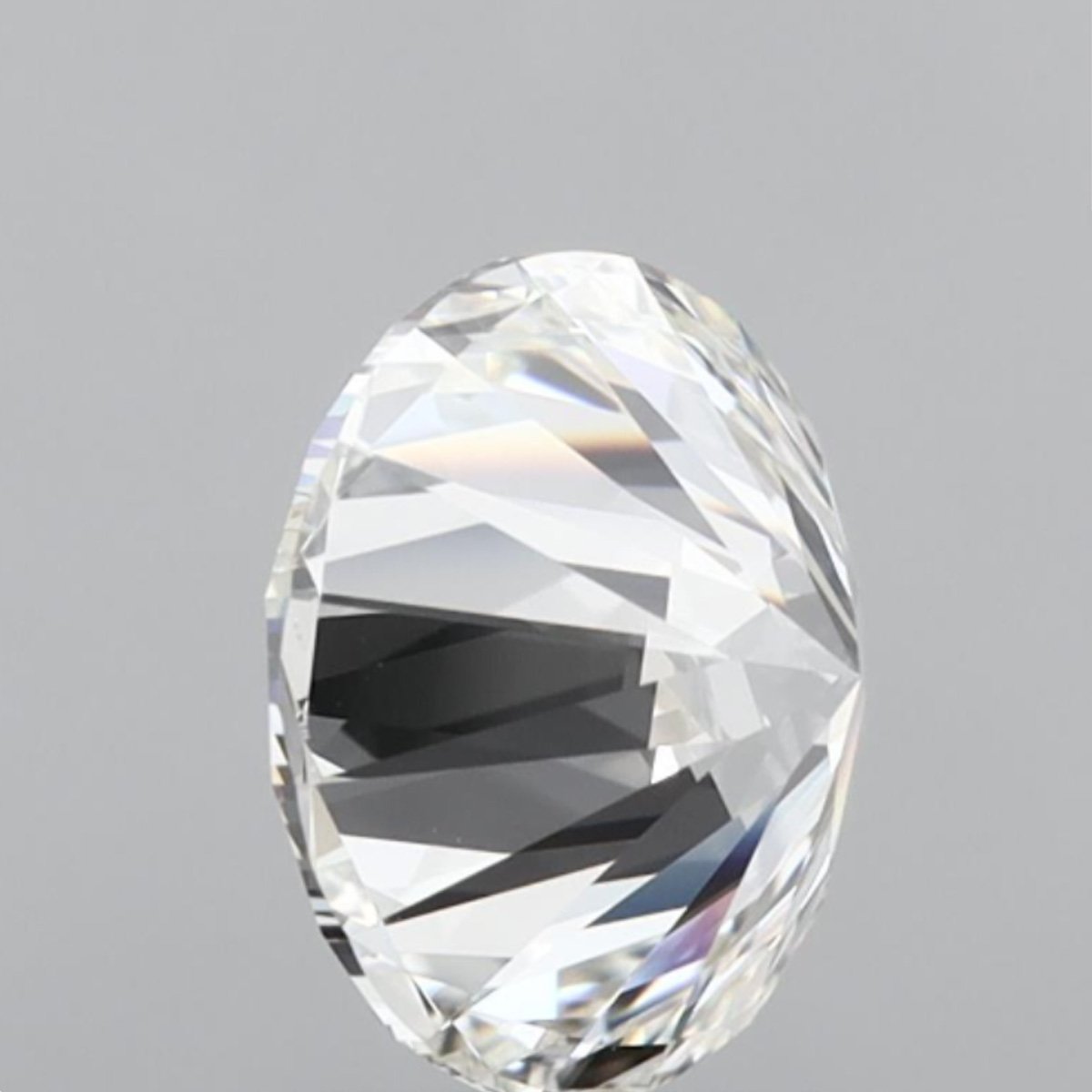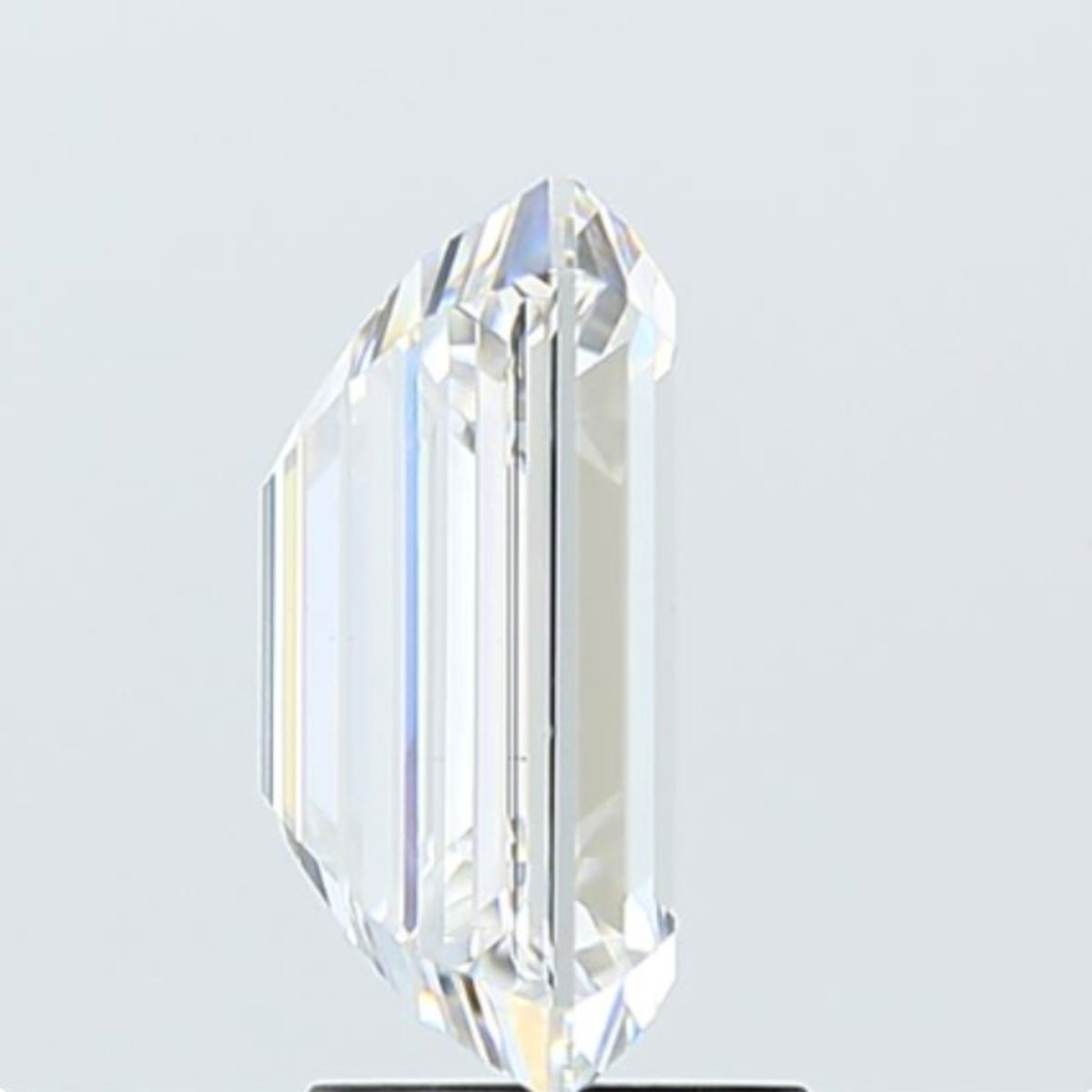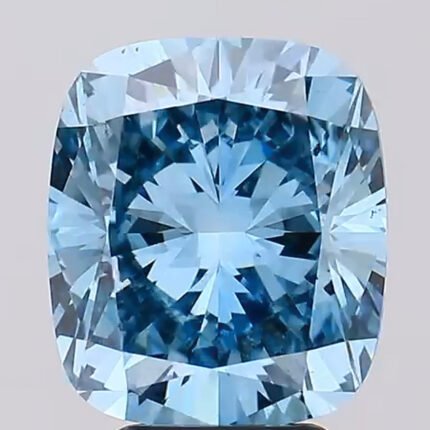Sale!
Lab grown Round diamond 3.30 Carat
Original price was: ₹2,610,319.00.₹138,600.00Current price is: ₹138,600.00.
200 in stock
Description
This lab-grown round diamond weighs in at an impressive 3.30 carats, with a G color grade and VVS2 clarity.One of the benefits of a lab-grown diamond is that it has the same physical and chemical properties as a natural diamond, meaning it has the same brilliance, fire, and durability. However, lab-grown diamonds are typically less expensive than their natural counterparts, making them an attractive option for budget-conscious consumers. Lab-grown diamonds are a popular choice for consumers who want the beauty and durability of a natural diamond without the environmental and ethical concerns associated with the mining industry.
The G color grade of this diamond indicates that it has a near-colorless appearance, with only slight traces of color visible under magnification. This is an excellent color grade, as it allows the diamond to appear bright and sparkling while still maintaining a natural look.
The VVS2 clarity grade means that this diamond has very few inclusions or blemishes, with only minor flaws visible under magnification. This is an exceptional clarity grade, as it ensures that the diamond has maximum brilliance and fire, with no significant imperfections to detract from its beauty.
Overall, this lab-grown diamond is an excellent choice for anyone looking for a beautiful and durable Certified diamond with high-quality color and clarity. Whether you’re looking for an engagement ring, a special gift, or just a gorgeous piece of jewelry to add to your collection, this diamond is sure to impress. And with the added benefit of being a lab-grown diamond, you can feel good about your purchase knowing that it was produced in an environmentally friendly and ethical manner.
Additional information
| Brands | Ajretail |
|---|---|
| Certificate Type | IGI |
| Diamond Type | CVD |
| Diamond Shape | Brilliant Round |
| Diamond Color | G |
| Diamond Clarity | VVS2 |
| Diamond Cut | EXCELLENT |
| Diamond Polish | EXCELLENT |
| Diamond Symmetry | EXCELLENT |
| Origin | India |
You must be logged in to post a review.
FF44 Metropolitan Mall, Saket New Delhi - 110017 , Delhi
sales@ajretail.com, info@ajretail.com
+91 1149068299, +919990614555
How are Lab Grown CVD Diamond Made?
Lab Grown CVD Diamonds are made in a process called chemical vapour deposition (CVD). During this process, the carbon atoms that make up a diamond are transported from a gas source and deposited onto a diamond seed crystal. The layers that result from this process are so thin (approximately 2 - 3 microns or 1/100th the thickness of a human hair) that they are invisible to the naked eye. The round brilliant is the most popular shape because it has the highest light return, giving a superior level of sparkle and fire without additional cutting.
What are the 4CS and which C is most Important?
The 4Cs of Diamonds are cut, color, clarity and carat. The primary concern is to make sure each C is as effective as possible. Cut is most important as it directly affects brilliance and fire (sparkle), Color has to do with how white the diamond is or whether it has tints of yellow or brown. The four Cs are all equally important as each one supports another.
How do you determine if a diamond is real?
One of the main reasons is to assure them of its authenticity, quality and value. The first piece of advice I would give them is to have their diamonds certified by an independent gemological lab.
Is a round brilliant cut diamond good?
This is a round brilliant cut diamond. It has 56 facets, which allow maximum amount of light to enter the diamond, giving it a fire and sparkle. This is what makes this cut so beautiful.
Why round brilliant cut is more expensive?
It’s more expensive because it takes longer to produce, and it looks more flashy than other cuts. It’s also cut so that the facets reflect light rays, which makes it sparkle more. Round brilliant is the most popular style in cut diamonds, and that’s why it’s more expensive.















Reviews
There are no reviews yet.